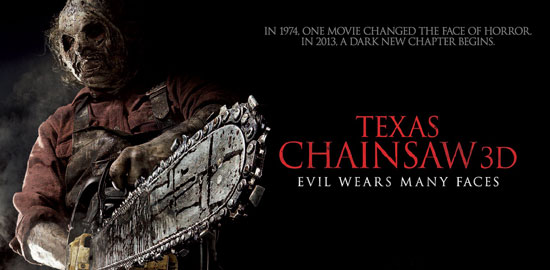Sajid Khan suffers from a severe bout of BAPS - Bozo At the Party Syndrome - where the only one entertained by the guy mimicking animal noises is the guy mimicking animal noises. Sajid thinks the way to make a movie about half-wits and overbearing heroes descending into kitsch is for the movie itself to be half-witted, overbearing and kitschy. He presents the movie as a Sajid Khan Entertainer, completely oblivious to the fact that the end product is the entertainment equivalent of being poked in the ribs with a screwdriver for two and a half hours. Himmatwala is a lurid display of humor and a wasteful example of 100 crore flogging ‘masala filmmaking’ incompetence. After Houseful 1 and 2 this is yet another one of those films that left me with the perennial question - 'Why would anyone pay for this garbage?'
We begin the film not knowing what brought Sajid and Ajay Devgn together for a remake of a dreadful 80’s Bollywood film. We end after 150 minutes precisely the same way. Gracelessly executed, Himmatwala mangles colorful montages, satire, homage, ludicrous fantasy sequences, OTT song and dance but drags on endlessly and feels like it was soaked in dirty water. The 80’s throwback was done very well in The Dirty Picture and fairly well in OSO, here the throwback is a cocktail of freakish fashion show and mind numbing melodrama that actually makes you run to a Sherawali temple and scream ‘Bas maa bas, aur kitna imtihaan legi tu!’ The clumsily sketched homages of stereotypical village gundas and his henchmen are as boring and insignificant as the very film Himmatwala spoofs. Rule Number 1 - If you use gallows humor in an 80’s set Hindi film about rural baddies and heroes, make sure you have a feel for it first.
It takes some talent to make a collage of larger than life characters seem smaller than life, but Sajid Khan pulls it off. With the garish plot and wealth of movie knowledge Sajid has (he is genuinely, incredibly knowledgeable about cinema), Himmatwala could have been a fun nostalgia 80’s trip, or even an epic cinematic event. Instead, we get:
1) A skit of Psycho where Devgn attacks Mahesh Manjrekar in the shower with the line ‘Naha tu raha tha, dhoya maine’.
2) Paresh Rawal cuddling up with Manjrekar on a khatiya in a horse shed, kissing his ear and licking his lips, and cupping his hands on his crotch.
3) Majrekar putting a crab in Rawal’s dhoti, as the latter starts dancing to the tune of Rail Gaadi.
4) ‘Masala’, defined by five goons threatening to cut Devgn into pieces in five different languages, and Devgn’s retort in those very languages, topped off with ‘Ata maajhi satakli’.
These ‘comedic’ scenes are remarkably awful and only some other planet, maybe the one occupied by apes will hail them as a work of a genius. Scene after scene Sajid pitches the narrative at a level of blaring loud cacophony, while the editor Nitin Rokade seems desperate to sprint through Sajid and Farhad’s rotten script as quickly as possible to get on with his life.
Trapped in the abysmal mess with varying degrees of collusion are a number of fine actors – Paresh Rawal, Mahesh Manjrekar, and Zarina Wahab, hamming to the hilt, so happy with their paychecks one expects them to suddenly break into Gangnam Style. There is also Adhyayan Suman who effortlessly proves that it is better to remain in career limbo than make a big screen comeback attempt in a film like Himmatwala. It all hinges on Devgn’s star power but his cringe-inducing, overdramatic performance is about as embarrassing as it gets. His intermittently glowering and cartoonish turn is simply painful to watch, there's nothing really amusing or endearing about it. That leaves the venerable Asrani as a ticket collector who attempts to avoid looking apologetic for this drivel. The only person who really seems to be trying here is Tamanna, who at least understands that playing characters like these requires a little bit of clothing and a whole lot of passion. All her jhatkas and matkas are choreographed to perfection and cinematographer Manoj Soni lights her perpetually smug expression very elegantly. The real star is a tiger who is so terribly superimposed on the screen it makes the original Jeetendra film look like a $200 million technical masterpiece.
Himmatwala is borderline treasonous and a disgrace to the comedy genre. The funniest thing about it is how its title actually refers to its audience, and how the song ‘Maar de bum pe laath’ is a euphemism for Sajid inviting critics to review his film.










